This morning, when you got up, everything you saw, touched, heard, tasted, and smelled was made of tiny atoms that were formed in the dark fiery heart of a giant dying star untold billions of years ago.
Those atoms are clouds of circling particles, that are made up of clouds of circling particles, that are probably also made of clouds of circling particles over and over and over.
It’s turtles all the way down.
The particles aren’t really particles. They’re packets of energy, moving through space, in ways that cause invisible forces to shape the nature of space to create our ordinary visible world.
This is not magic. This is science. At least, this is among the leading current theories on the nature of the universe.
So if you have someone giving you a hard time about believing in invisible spirits that influence your life and alter your destiny, ask them to show you a box of gravity.
There is nothing new under the sun. Or in it. Although the sun itself is reckoned to be about 4.6 billion years old, it too, is made from the bones of dead worlds. We’re all in someone’s afterlife here.
And around that other sun, the mother sun, that gave birth to us all, there may have spun many worlds as well. And on the surfaces of those worlds may have been water, and oxygen, and amino acids and condominiums and car parks.
We’ll never meet them. We’ll never know how they felt or the songs they sang or if they cried when it rained. Because they’ve all gone down to dust and the dust has come back up as us.
Cosmic time can kick you for a loop.
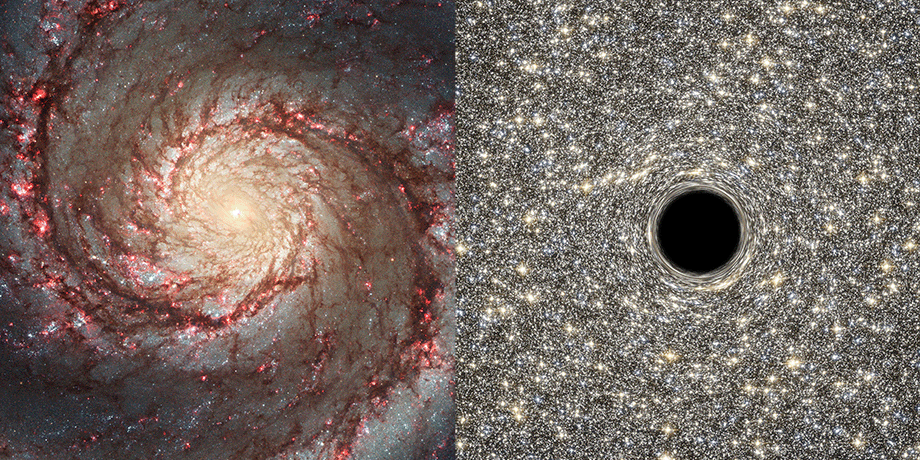

For example, the vast majority of humanity has lived and died in the last 30,000 years or so. Of them, we remember the names of princes and potentates, and a few laureates, visionaries, and healers.
And that’s it.
The further back we go, the fewer we can name. Past about 7000 years or so, it’s totally anonymous. They may have been called Gilgamesh or Noah or Hermes or Lucifer but that’s what we called them later. No one really knows their names, and their stories are doubtless confused and embellished.
We don’t know the name of that Sorceror on the wall of Troi Freres, or the artisan that lavished so much time and care on shaping the tiny Venus of Willendorf. The builders of Catal Huyuk and Gobekli Tepe are abstractions. We know only the little that remains. A few bones, some stone tools, and then oblivion.
Back along that path the family turns into the ancestors, and the ancestors into the legends, and the legends into the myths. And past the myths, we are going out beyond Saturn, beyond the old Titans, into the realm of the outer dark.
It’s a cold, dark, and largely empty universe that might as well be infinite because we can’t really work out how to get outside it.
Science can’t even agree on that. So far theories suggest three possible outcomes.
It’s either an expanding universe that will keep expanding until everything is so far away from everything that all those particles of particles of particles cease to glow with any residual spark and the entire thing becomes nothing.
Or it’s a collapsing universe that expands just so far before the gravity within it starts to overcome the initial energy of its creation and everything falls back down into itself, crushed into an infinitely dense and infinitely tiny dot. Again, essentially nothing.
And some argue that it’s an oscillating universe where cycles of expansion and contraction go on and on and on forever, where each previous universe is erased from existence by being crushed into a point so dense and so small that it erupts into the next one.
Does any of this sound a tad magical to you? Mythical at the very least? There’s a few similar stories in old Sanskrit. The kalachakra, or Time Wheel, oscillates universes that are born, grow old, and die, just as humans do, and as with humans, the universe is reborn into the next order of life.
And that one about the universe suddenly springing into existence in a flash of light. . . well, the scientists call that the Big Bang. You can find it Genesis if you read carefully.
The world was without form, and void, and darkness was on the face of the deep.
Let there be light.
This is about energy expanding into the void of space.
What the Kabbalah expresses as emanations of the divine into the material; the bolt of lightning comes down through the realms of the Tree of Life to illuminate the mundane worlds.
This action was a conscious withdrawing of the Divine Intelligence to create something that was Other than itself.
The light was divided from the darkness.
The Divine Intelligence created the universe in order to know itself.
And the morning and the evening were the first day.
Time started. And we’ve been trying to understand it ever since.
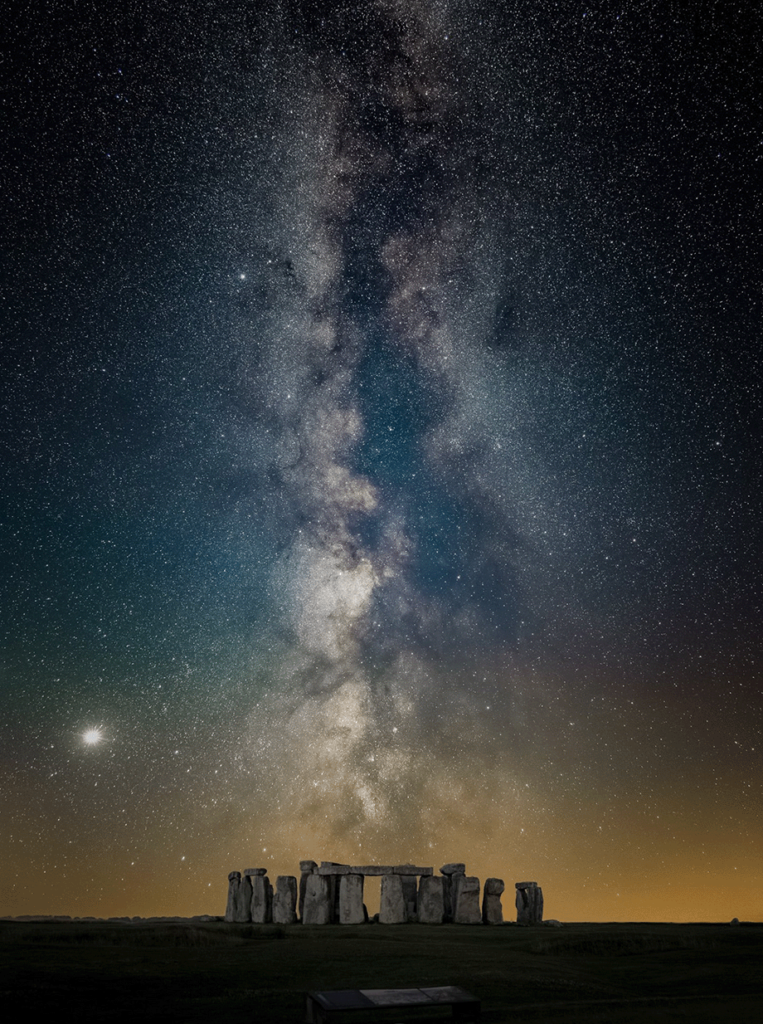
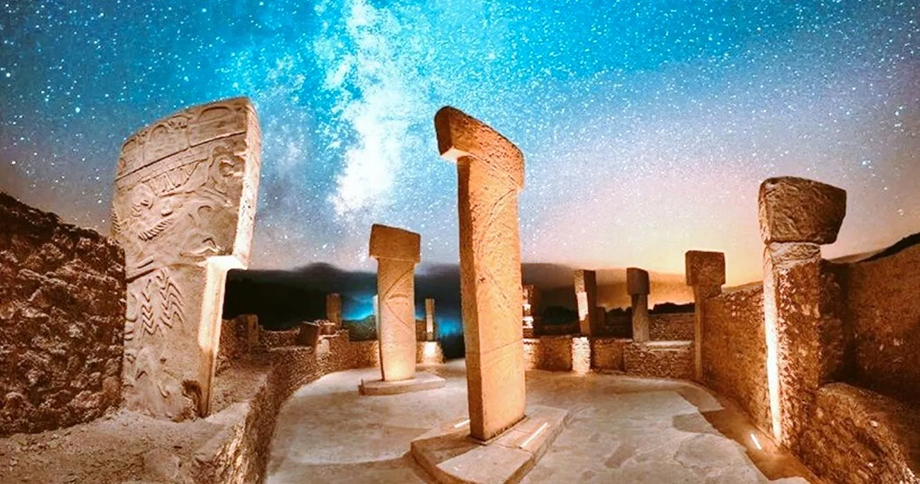
That’s why we watched the stars on cloudless nights when we huddled around the fire, and named those stars after things in our world. We noticed the ones that were wanderers and called them planets.
We used them to tell us when it was time to move south because the winter was coming. We used them to show us where south was. When we started to domesticate plants and animals we used them to tell us when to plant, when it was birthing season, and when we should harvest.
We built places like Stonehenge and the Sunwheel and the temples of Meso-America and pyramids of Egypt to connect with this fundamental understanding of space-time. Religion and ritual are built around propitious times and locations.
We do things when the stars are right.
We mark out our year by equinoxes and solstices and dot the in-between times with feast days derived from lunar phases and tallied days. We divide our time by months that were once moons, and split them up by days defined by the seven planets of the ancient Chaldees. We live in a modern digital scientific world and modern science basically proves that those ancient Chaldees had it on the ball.
So when your scientist buddy scoffs at you discussing energy work, you might remind them that all matter is energy, that the universe is teeming with light, and that energy can be manipulated to create various effects. They might choose to use a high voltage magnetic field rather than an incantation. The only difference here is that their “spell” is supported by modern convention and belief, just as a few hundred years ago, yours would have been.
In the 1600s, everyone believed that magic existed and did things, even if they didn’t really understand it. It was potentially dangerous, maybe evil, and could be used effectively only by those who knew how.
In the 1800s the same things could have been said about steam engines and electricity.
The 20th Century applied these ideas to the power of the atom.
All are ways of describing how the universe works, and harnessing that natural energy that is everywhere. We don’t know where it came from, or how it got here, but it’s here, and we are affected by it.
We are made of it. We can’t help but be affected by it.
Let’s consider that our scientific universe of space-time is spinning and whirling and oscillating along like mad. Yes, the planets circle the sun, but the sun is spinning around the galaxy, and the galaxy is whizzing across the universe, and the universe is doing whatever it is the universe is doing. So relative to where we are here on Mother Earth, it might look like we see the sun going up and down in about the same places, and those places wiggle ever so slightly between Midsummer and Midwinter, and the planets and the stars overhead seem to repeat their familiar patterns.
But this is all relative to our viewpoint. Which is what Einstein was telling us about the universe. What we see isn’t what is. It’s what was, a moment or so ago, when the light of whatever happened left the place it happened and headed toward us. So for the moon that’s only a few seconds. For Mars, it appears to be where it was a couple of minutes ago.
The sun itself is about 8 minutes back in time. If it went out right now, we wouldn’t know it for eight whole minutes. If we were on Pluto, we wouldn’t see that final sunset for over four and a half hours.
So we really are time travelers in this fixed formal digital modern magicless universe. We see the stars as they were years and decades and centuries and millennia and eons ago.
The universe we look at each night was gone before we were even born.
We, our children, grandchildren, the human species, and even the earth itself, may be gone before the light of some of those stars, as they are now, ever reaches this spot.
But it’s safe to say that whether it’s the universe of the past we see, or the universe of the present that we never will, each moment in time describes a unique and never repeated structure of the energy within the universe. Now is now. The instant before was different, and the instant after will be different, and it keeps on going and going.
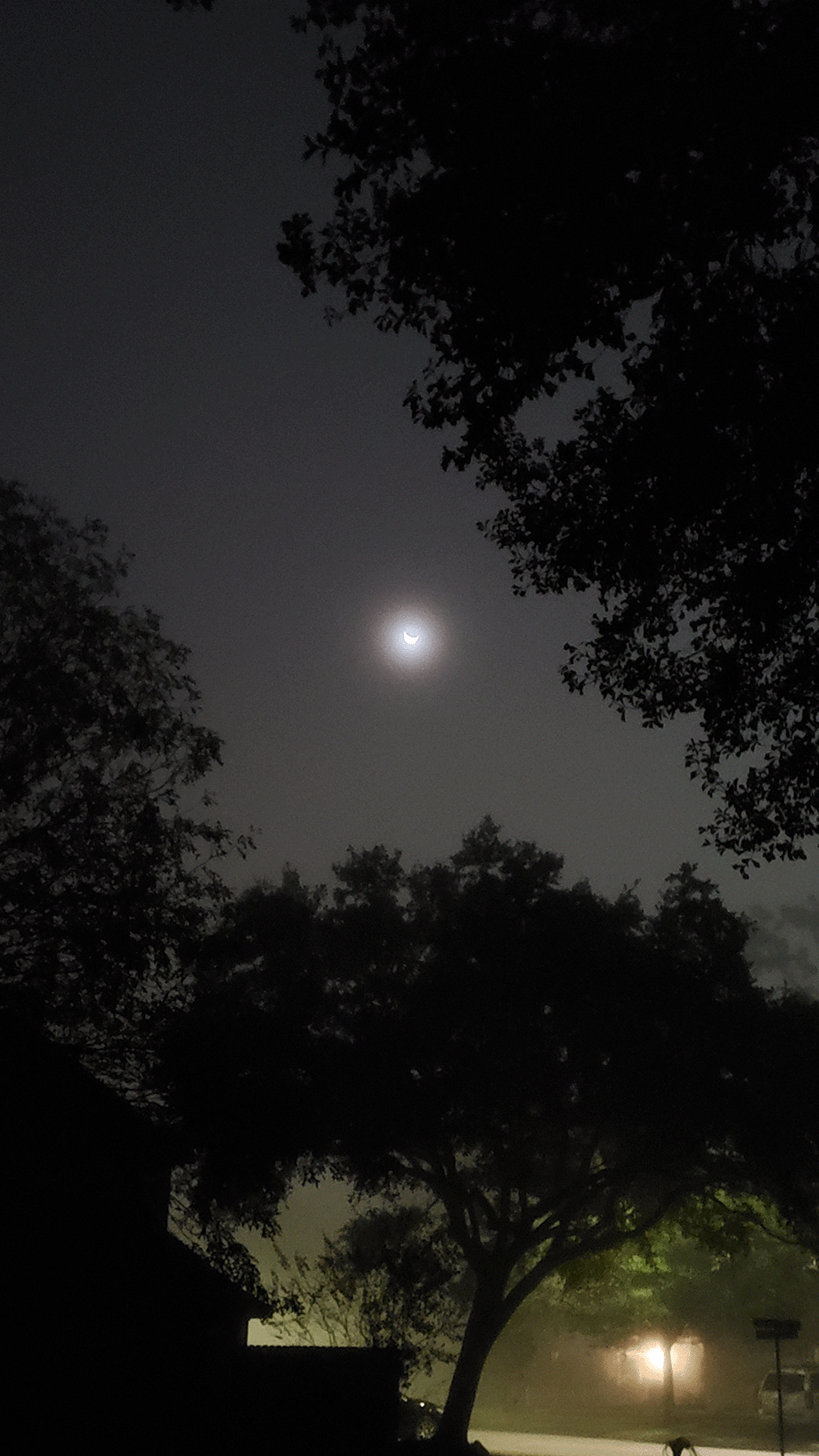
This is one of the reasons I find some merit in the practice of astrology. Granted, the most usual natal charts are based on the relative local positions of the planets, asteroids, and some calculated points derived from these, as seen overhead (or below the horizon) at the time of your birth.
Plug that into the context that a constantly spinning, whirling, whizzing, evolving universe is never in the same place at the same time ever, and each human lifetime can be seen as a change in the fabric of the universe. When you are born, you alter the nature of all that is by your presence. Surely an event of such significance participates in something of that greater universe.
The light from the sun and moon reach us first, and then all the planets. So applying their energy, their influence, most directly, seems only logical.
The background stars, which form the signs of the Zodiac, and to some extent rule the houses, take a lot longer.
By virtue of that, they are only slightly changed from when Claudius Ptolemy charted their positions in Roman Alexandria, using data compiled by those witty Chaldees a few thousand years earlier.
The energy we receive now, may only have left some of those stars when the Chaldeans named them, or when Ptolemy charted them. That energy is consistent, and thus the attributes we ascribe to it is consistent. At least for as long as I will be drawing up horoscopes anyway.
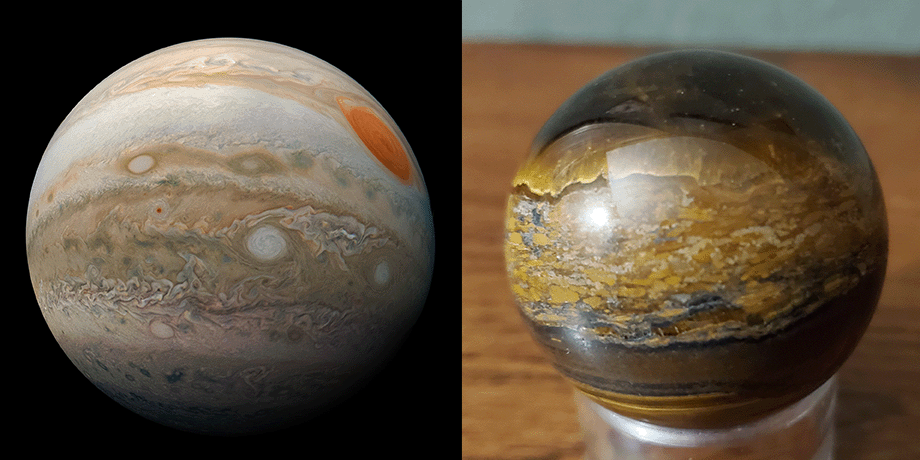
But if I were standing beneath the red rays of far Antares, and looking up through Scorpio’s claws toward our tiny pale sun, I would have a very different universe. I might have two moons in the sky at night, or seven. My longer year would be punctuated by their movements, forward and back (with multiple moons you get retrograde). The names I would give to the stars and the pictures I would draw between them would be what my remote ancestors had seen when they set by the fires in front of their caves, and began trying to work out how to manage the energy that was teeming through the universe.
Because that’s what living beings do.
The Divine Intelligence created the Universe to Know Itself.
We all participate in that. We are all bright sparks of that limitless eternal energy.
That’s why we’re here.
Thank you for reading to the end. I hope you found it enjoyable. These are the things I think of when in disgrace with fortune and men’s eyes, the market is down, inflation is up, and Monday lies too closely ahead. It is, I think, helpful to remember that we are all part of something much brighter than the dust and bones around us.
Space images are courtesy National Aeronautics and Space Administration (NASA) unless otherwise noted.

